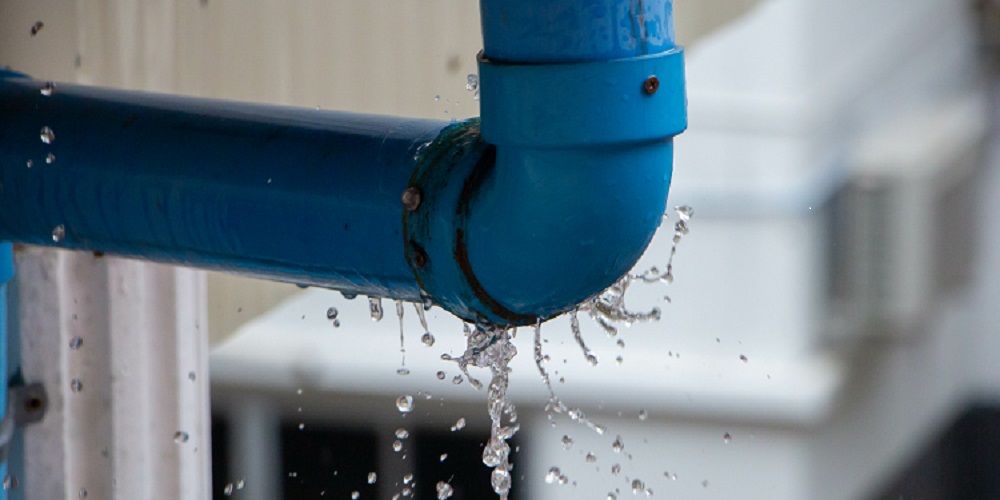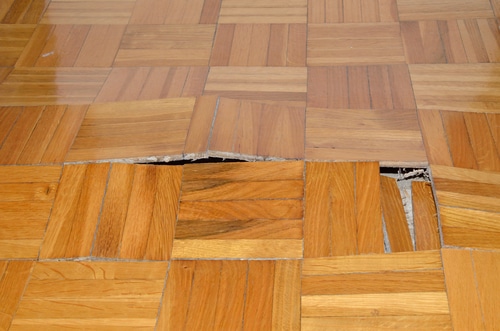Just how to Examine If Your Residence Has a Hidden Leak
Just how to Examine If Your Residence Has a Hidden Leak
Blog Article
Almost everyone maintains his or her own perception with regards to Hacks to detect leaks.

Early detection of dripping water lines can reduce a possible disaster. Some small water leaks might not be noticeable.
1. Check Out the Water Meter
Every house has a water meter. Inspecting it is a proven manner in which aids you uncover leakages. For beginners, shut off all the water sources. Ensure nobody will flush, use the tap, shower, run the washing maker or dishwashing machine. From there, go to the meter and also watch if it will alter. Since no one is using it, there ought to be no motions. If it moves, that suggests a fast-moving leak. Also, if you spot no changes, wait an hour or two and check back once again. This indicates you may have a slow-moving leak that can even be below ground.
2. Check Water Consumption
Analyze your water costs and track your water intake. As the one paying it, you need to discover if there are any kind of inconsistencies. If you spot sudden changes, despite your usage being the same, it indicates that you have leaks in your plumbing system. Keep in mind, your water expense must drop under the same variety each month. An abrupt spike in your bill shows a fast-moving leakage.
On the other hand, a constant increase monthly, despite the very same behaviors, reveals you have a slow leakage that's also gradually intensifying. Call a plumber to thoroughly inspect your property, particularly if you really feel a cozy area on your floor with piping underneath.
3. Do a Food Coloring Examination
30% comes from commodes when it comes to water usage. Examination to see if they are running correctly. Drop flecks of food color in the tank and also wait 10 minutes. There's a leakage between the storage tank and also dish if the shade in some way infiltrates your bowl throughout that time without flushing.
4. Asses Outside Lines
Do not fail to remember to inspect your outside water lines too. Test faucets by attaching a yard hose pipe. Must water permeate out of the connection, you have a loose rubber gasket. Change this and also ensure all links are tight. If you have actually obtained an automatic sprinkler, it will certainly aid get it skillfully examined and also maintained each year. One tiny leak can waste tons of water and increase your water bill.
5. Analyze the situation and examine
Homeowners should make it a habit to examine under the sink counters as well as also inside closets for any type of bad odor or mold and mildew development. These two warnings show a leak so punctual focus is needed. Doing regular assessments, also bi-annually, can save you from a significant issue.
Check for discolorations and deteriorating as many appliances as well as pipes have a life expectancy. If you think leaking water lines in your plumbing system, don't wait for it to rise.
Early discovery of leaking water lines can mitigate a prospective catastrophe. Some little water leaks might not be noticeable. Checking it is a surefire way that helps you uncover leakages. One tiny leak can waste lots of water as well as spike your water costs.
If you suspect leaking water lines in your plumbing system, do not wait for it to rise.
WARNING SIGNS OF WATER LEAKAGE BEHIND THE WALL
PERSISTENT MUSTY ODORS
As water slowly drips from a leaky pipe inside the wall, flooring and sheetrock stay damp and develop an odor similar to wet cardboard. It generates a musty smell that can help you find hidden leaks.
MOLD IN UNUSUAL AREAS
Mold usually grows in wet areas like kitchens, baths and laundry rooms. If you spot the stuff on walls or baseboards in other rooms of the house, it’s a good indicator of undetected water leaks.
STAINS THAT GROW
When mold thrives around a leaky pipe, it sometimes takes hold on the inside surface of the affected wall. A growing stain on otherwise clean sheetrock is often your sign of a hidden plumbing problem.
PEELING OR BUBBLING WALLPAPER / PAINT
This clue is easy to miss in rooms that don’t get much use. When you see wallpaper separating along seams or paint bubbling or flaking off the wall, blame sheetrock that stays wet because of an undetected leak.
BUCKLED CEILINGS AND STAINED FLOORS
If ceilings or floors in bathrooms, kitchens or laundry areas develop structural problems, don’t rule out constant damp inside the walls. Wet sheetrock can affect adjacent framing, flooring and ceilings.
https://www.servicemasterbyzaba.com/blog/how-to-detect-water-leakage-in-walls/

I stumbled upon that piece on Locating water leaks when doing a lookup on the internet. Liked our entry? Please share it. Help others find it. I praise you for your time. Come back soon.
Report this page